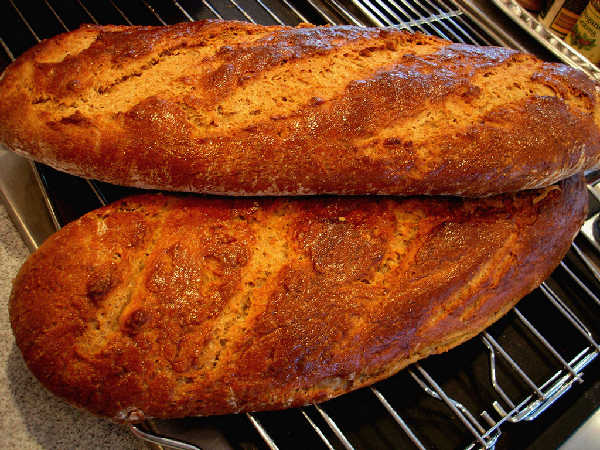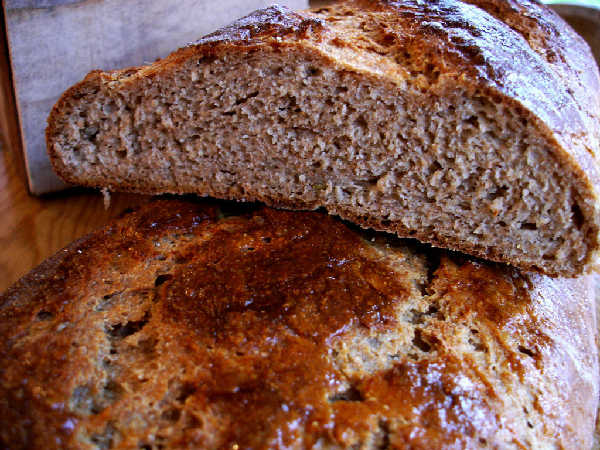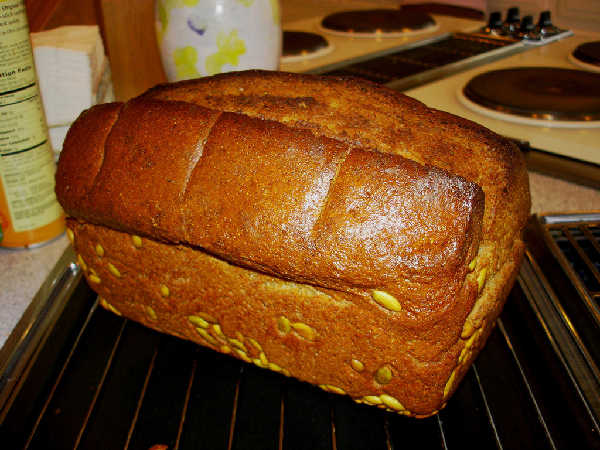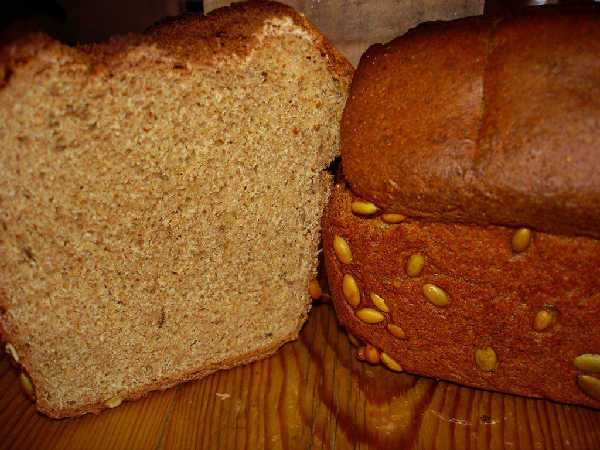Pumpkin bread
I looked here for a recipe for pumpkin bread and all I found was the chemically leavened one and a link to a yeasted recipe that my computer wouldnt open :S
Monday night for me is a seasonal feast and we are eating all the seasonal vegies like pumpkin, squash, apples and corn. Kind of odd considering that in the northern hemisphere ya'll are eating that stuff in October/november. :) but, it IS Autunm turning winter down here in the deep deep south! (Aust)
- Log in or register to post comments
- 1 comment
- View post
- Thegreenbaker's Blog
 Marcel's Grandmother's Potato Bread (1)
Marcel's Grandmother's Potato Bread (1) Marcel's Grandmother's Potato Bread (2)
Marcel's Grandmother's Potato Bread (2) Marcel's Grandmother's Spelt Bread (1)
Marcel's Grandmother's Spelt Bread (1) Marcel's Grandmother's Spelt Bread (2)
Marcel's Grandmother's Spelt Bread (2)



